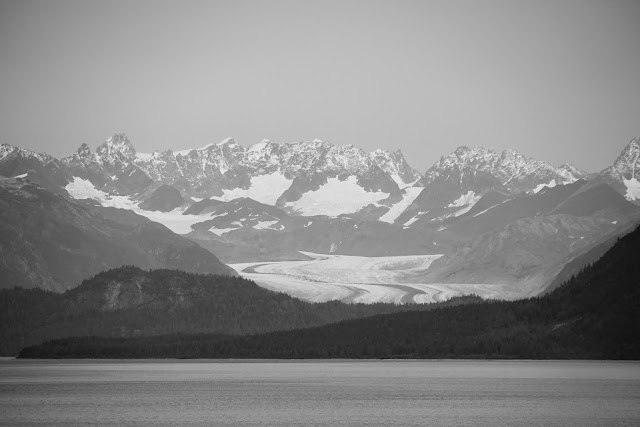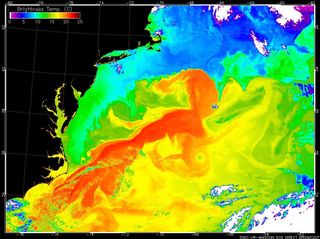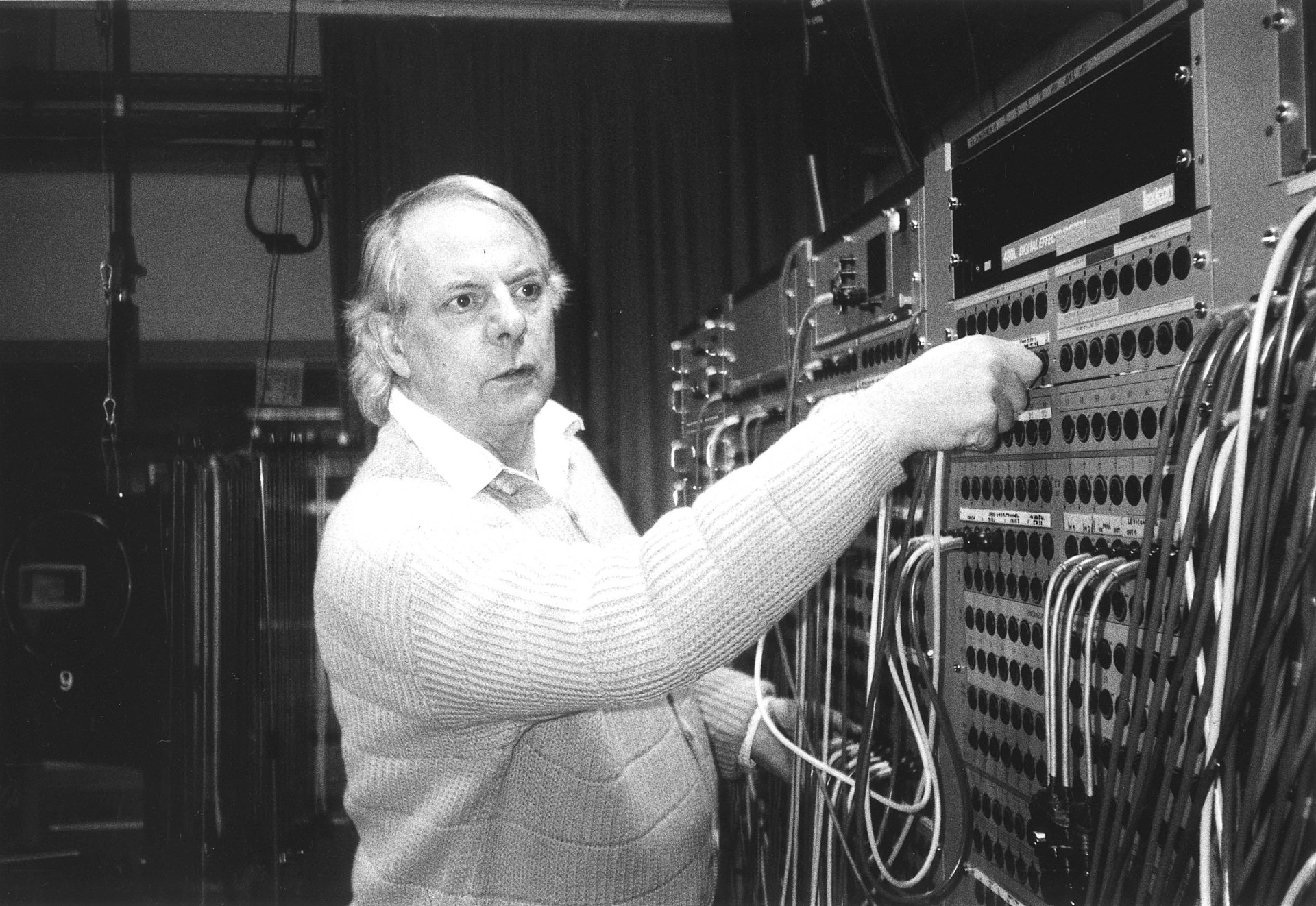Twilight
This pix, taken a few years ago, sums up a possible future for man as civilization moves further into the Anthropocene and it's tangental relationship to all things related to tech, the environment and to earth as everything's connected and ... everything's quantum where certitude is but an illusion,
3500 articles, musings on thousands of postings and guesstimates, both accurate and inaccurate, populate this blog to the nth degree but you, my loyal readers, already know that so here's to crossing the Rubicon, a most perilous journey we will all be taking whether we like it or not.
No connects or numbering schemes but rather a random walk through a partial list of issues most dire with climate change being No. 1.
Covid-19 is but a weak introduction to what's coming, a pandemic to be sure, but nothing compared to GW and the impact it will have on the world.
For starters, the equator will soon become uninhabitable. Animals and plants are migrating away as we speak but little is said as to what species will survive as they make their desperate move. This also involves us and the impact on the food supply as growing food will move north and south with large swaths of land unable to sustain civilization due to not only excess heat but also loss of water as seen by the move on Lake Mead to restrict waster supply when the water level goes below 1047'.
2020-30 will be remembrance of species lost. Researchers discovered ocean life died much quicker than land in the Great Dying of 250 million years ago. Does this mean the same for us as the acceleration of GW is happening thousands of times faster than the 30,000 year timeframe of the Permian eruption of the Siberian Traps in northern Russia.
2040-50, the real bite of GW begins, where temps of 3+ take hold and Russia and Canada become the bread baskets of the world while Cat 6 hurricanes ply the Atlantic with devastating power. This scenario is already baked including the melting of the Arctic, Antarctic and Greenland as the loss of albedo is a prime GW accelerant and we haven't even discussed the release of ever more methane from the rapidly melting permafrost and ocean located in and around the arctic. Water rise - 2-3 meters?
Forget Florida and cities on the coast, right?
Too many people add to the mix. 8 billion and counting. Not good, not sustainable but Gaia's thinking about a drastic solution to this issue, something Lovelock talked about over 15 years ago.
Mass migrations loom.
AI - the open ended tech where we have lost contro but don't know it yet but we will, soon.
Question: When does AI become sentient? 5 years, next year, 10? One never knows but whenever anyone says AI cannot be this or that, remember the Rand Corporation's take on the net and the fact only 20 systems will be ever be needed to run civilization.
The military goes full tilt into autonomous bots armed to the teeth. Who's the enemy? How can they be identified? Is man the enemy? Skynet's happening as digital swarms are already being ramped up, connected as one entity driven by, you guessed it, AI.
The needs of AI differ from us. What does that mean?
Cybersecurity - no system is invulnerable. Everything can be hacked. The biggie is shutting down infrastructure, you know, access to electricity, heat, medical and water supply among significant others. Countries all over the world are capping on this as tech is cheap. All it takes is brainpower, desire to hack and access to the web to make it happen. Is this the end of the world?
Biotech - CRISPR and manipulation of DNA, combined with AI as enhancer, what could possibly go wrong? Pandemics are us, not only with upcoming labs on a chip used by twisted individuals to create bugs but also of the natural kind as GW disrupts all things related to life. Think mosquitoes ...
Continued abuses ...
30% of all arable land is used to feed Bessie, Loghorn T. Fog Horn and Porky, an unsustainable way to feed man, not to mention the accompanying manure, urine and fertilizers used to leverage the land in addition to rampant injections of steroids and antibiotics, along with genetic engineering, to said fauna, to create fast growing franken foods, packaged for us rubes in all shapes and sizes, to consume to our heart's content.
Plastics and chemicals of all kinds, including micro plastics in our air, soil and of course, food, invade everything, something most disturbing as researchers are now finding out this deadly combination adversely impacts fertility. Children of Men anyone? ... by possibly 2045.
The car, ubiquitous in the US because there is no high speed or medium speed rail of any consequence in the US, pollutes the planet to no end as most are gas powered. Maybe we should ask China how they build high speed rail as they are really good at it while the US does nothing. Going electric is not all that great either as the grid, powered by natural gas and oil, power these things. Question, where will the batteries go? Can they be recycled? Good question to ask is it not?
Suburbs ... journey to nowhere, ditto strip malls. Both ecologically disastrous.
Planes, another prime driver of fossil fuels continues unabated. The production and distribution of ever more stuff never ceases to amaze, particularly in terms of landfill when said stuff become a throwaway for the ages. Think China on this one.
Subsidies to fossil fuel polluters instead of developing sustainables has been the US mantra for years. It looks like this is slowly changing but it will take time, something we no longer have.
Nuclear war becomes a possible given just how many countries hate each other.
Resource depreciation, environmental degradation and poverty, combined with starvation and over population, become prime drivers for revolution and violence all over the world.
Right now, it's lip service. Nothing of real consequence is being done because that means enormous change for all of us, an issue not be be addressed until the real shit hits the fan. Time frame - 2050.





























